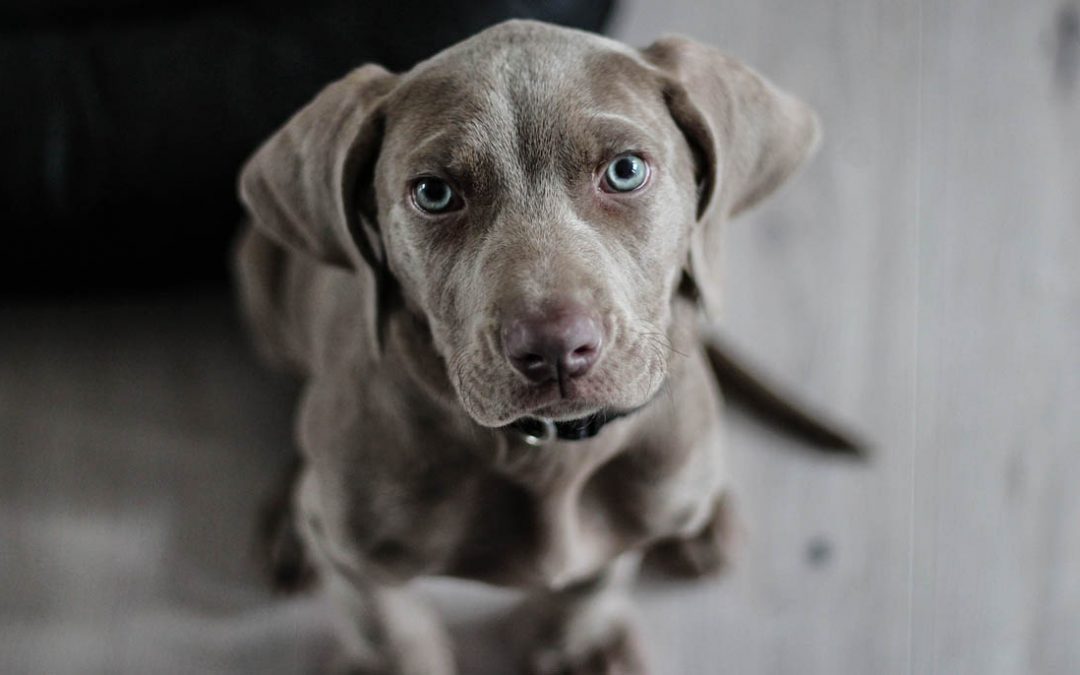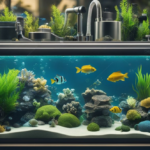Three best tips for housebreaking a puppy
There are many books, classes and resources about house breaking your pet. All sorts of training tools and different ideas. Through all that information and my own experience, I found some of the best tips for puppy potty training.
Every person who makes the commitment to become a pet parent should understand that having a puppy around is a lifestyle change! You have to puppy proof your house, schedule appointments at the vet, keep tracking of feeding times, make time to train your puppy, playtimes, socialize and of course there is the daunting task of housebreaking your puppy.
Many new dog owners have high expectations of puppy potty training. They think a puppy should be housebroken in a week or two weeks. Unfortunately this is an unrealistic goal for your puppy and you. Every breed is as different as the dog itself it. Different personalities, different environments, different pet parents, there are just so many differences that vary from dog to dog. As you get unsolicited advice from all your friends and family, please don’t be so hard on yourself if your puppy is not housebroken just yet. Keep trying different things until you find techniques that work for you and techniques that your puppy responds positively to.
Patience is key! Actually no, patience isn’t key. Consistency is key!!! This is really about training you, not your puppy. I stole that from a dog trainer I had hired to help me housebreak my puppy. I asked her why she wasn’t working with my dog, she laughed and said “oh honey, this isn’t about training your dog, it’s about training you!” I sneered at her, seriously? This is what I’m paying her to do? Pffft. Well, I get it now and she was absolutely right!!
There are some absolute basics to puppy potty training which I won’t list. Those are things I’m sure you’ve heard a million times fold. Here, there are just 3 tips for puppy potty training I learned along the way that were game changers! I hope this helps!
Overview
STEP ONE: FOOD… EVERYWHERE?
Dogs won’t usually use the bathroom where they eat. You’ve probably heard this before but what can you do, put food everywhere? That’s actually where I’m going with this tip for puppy potty training. Take some kibble and just sprinkle it around the open floor. They will sniff around for the kibble and this will cause a connection in their brain to relate “food” to the “location.” This also works to break a habit of your dog using a specific location to relieve themselves. Once you have established the connection between food/kibble and that specific area, it will be hard for them to want to return to that spot. Consistently is important here, as with all training and breaking bad habits.
I do realize it isn’t always realistic to have kibbles scattered around the house, especially in high traffic areas. Keep in mind, this won’t be something that you’ll need to do very long. It’s not going to be a permanent routine. This is the potty training phase and during this time there are certain modifications you’ll need to make until your puppy is trained.
For example, before I go to bed, I take kibble and scatter around the floor in my room. I also litter trained my dogs so I have set area with a pee pee pad for her to use in case she can’t hold it during the night. I put the kibble in the open floor area. If she wakes at night starts sniffing around, she will pass over those areas where the kibble is scattered and go right her to pee pee pad. I’ve done this with all the dogs I’ve had and even when they become fully potty trained, the pee pee pads are always a good back up. When I know I’ll be gone for longer periods of time, I always place a pad down, just in case. Often I come home and they have used the pad. It makes clean up super easy and allows my dogs to not suffer holding it in all day. This can be confusing for new puppies when you’re trying to get them to only go outside. So just consider how much time you really have available to be invested in this specific method with the pee pee pads. It may not be for you. Regardless if you use litter, pads or none at all, the kibble on the floor is a successful method for housebreaking your dog. This is one tip for puppy potty training that I haven’t heard many people talk about, which i can’t understand because it’s a really great one!
STEP TWO: Monitor feeding times. Set a schedule.
I’ll be honest, this is one I have never been good with. I free feed my dogs, always have and always will. We can eat whenever we’re hungry shouldn’t our dogs have that choice too? Let me be clear, my dogs have never been overweight or unhealthy. If this was happening then I would absolutely not free feed. Personally I feel that if a dog knows they can eat when they like, there is no rush to quickly scarf down their food or overeat. Often dogs may feel they must hurry and eat everything because they don’t know when they will eat again. (dogs have no sense of time whatsoever. Hence the excitement when you come in the door after just running the garbage to the road! Lol)
Regardless of my opinion about this, I had to change things up and make sure I was being consistent and keeping track of feeding times. It really made a difference in the success of my puppy potty training. When you’re potty training a puppy, it’s really important to have them on a feeding schedule. This expedites the training process as you can predict when they will have a bowel movement or need to relieve themselves. You can learn how quickly or slowly they digest their food and then be proactive with taking them outside. This assures you will be able to give them positive praise and rewards when you take them out. You want to be able to reward your puppy every time they relieve themselves outside or wherever you designate the potty zone. If you know when they have eaten, chances are you’ll get them to do their business when you take them out. Therefore the result is that you will get to give a reward to them and the quicker they can make the connection that potty happens outside!! Check your veterinarian for advice on the best feeding schedule for your dog based on age, breed and dietary needs. Then stick to it! It won’t take long to recognize the pattern and you’ll be on the road to success in no time!
STEP THREE: Remove any scent of urine
This step right here is the one that seals the deal. This step is overlooked the most and makes potty training take much longer. While cleaning up the mess your sweet little pup leaves behind is pretty much a no brainer, the way you clean it up can make or break all your potty training efforts. This really is my best tip for puppy potty training. I have a carpet cleaner, which is awesome, it works fantastic. However, dogs have insanely powerful sniffers! A carpet cleaner in no way can fully remove the scent urine leaves behind. Sure it may look clean and you might even think it smells clean, and it probably does, but your dog can still pick up that scent! If dogs can smell even small traces of their urine or other pet urine, this activates an instinctual trigger in their brains. The trigger tells them to make sure they leave their marking, make sure others know darn well who was here! They WILL go there again and again and again so long as the scent is still present.
So how do you get rid of this smell when you cant even smell it? You must use a cleaner that works at the molecular level and will break down the organic material until its completely gone. These types of cleaners are residual, in that they will continue to work long after you applied it. There are several products on the market for this issue but it’s really important to understand how they work and which one you should use. I talk more about this in another blog post under the title “The Pet Mess”. This step is crucial. I cannot stress this enough, If there is any scent left behind where they so gracefully left their present, they WILL return to that spot! It’s a rule of nature!
Quick summary on the most important tips for puppy potty training:
- Put kibble in areas where your dog is free to roam indoors. Sprinkle sparsely around the floor to allow your puppy (or grown dog!) to connect food with location.
- Puppy needs a strict feeding schedule. Just until the potty training is mastered. This helps you monitor their bodily functions. You may even get so good that you’ll figure out the exact time you can expect they’ll need to go. Limit water intake or remove water at least one hour before bedtime.
- Proper cleaning solution to fully remove all traces of urine smell. This will take some research or you can read the article I wrote regarding this topic called The Pet Mess. This is so your pet is not tempted to return to the same location to relieve themselves.
You did not find what you were looking for?
Check out Amazon´s Pet Supplies





